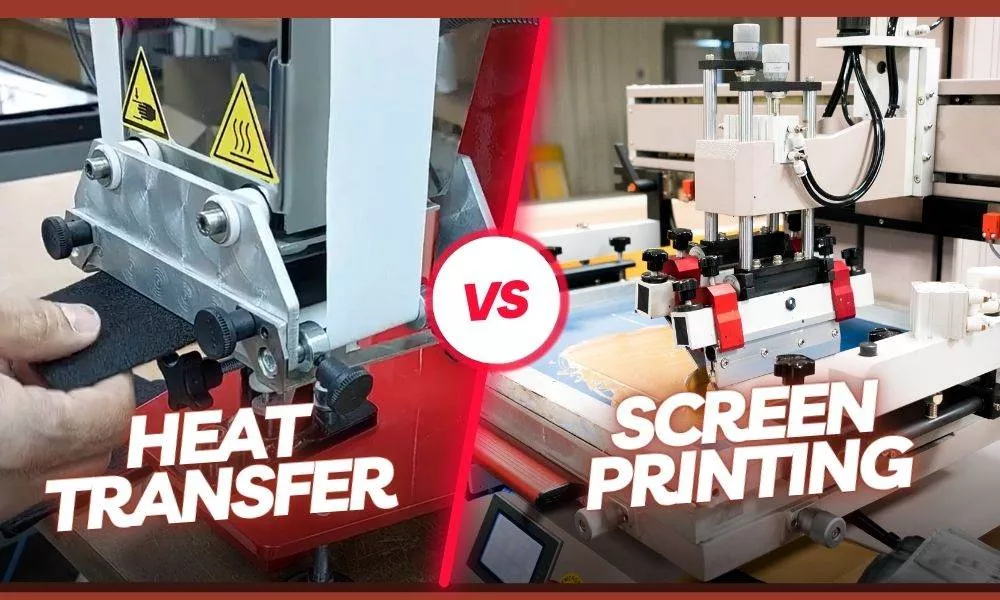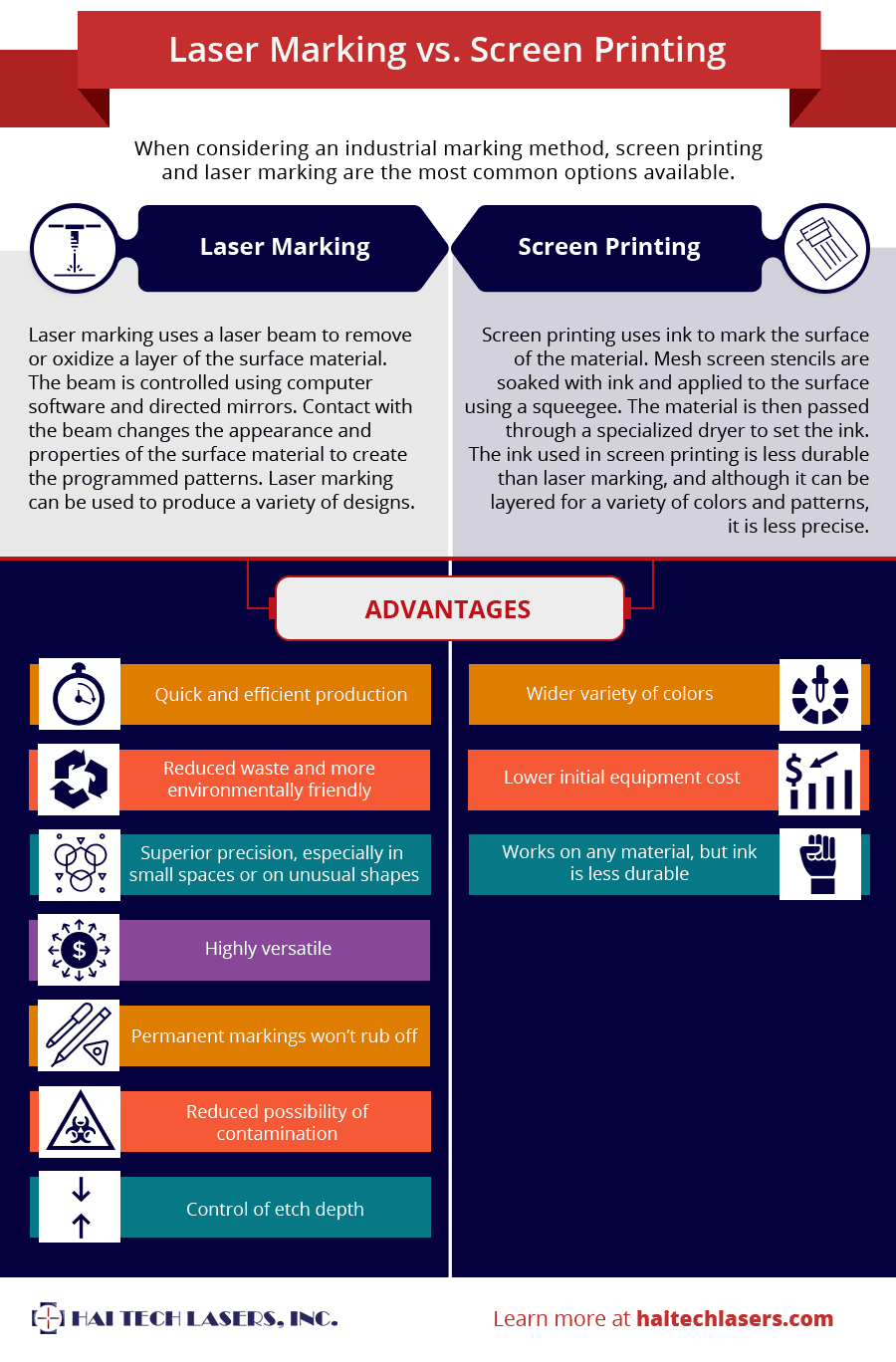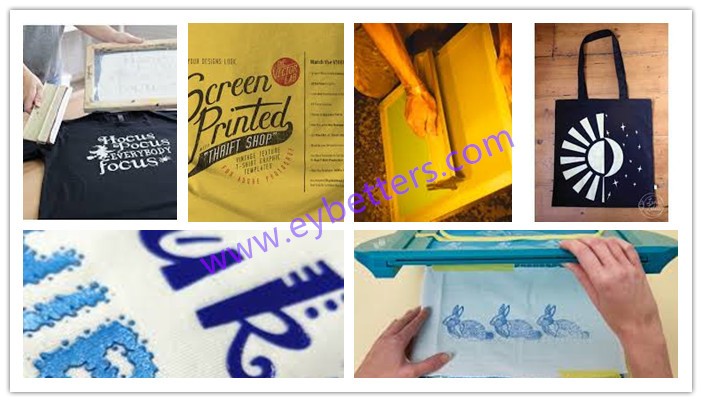The 3-Minute Rule for Tx Tees
The 3-Minute Rule for Tx Tees
Blog Article
The Facts About Tx Tees Uncovered
Table of ContentsThe Ultimate Guide To Tx TeesHow Tx Tees can Save You Time, Stress, and Money.3 Easy Facts About Tx Tees Described10 Simple Techniques For Tx TeesExcitement About Tx TeesThe smart Trick of Tx Tees That Nobody is Talking AboutIndicators on Tx Tees You Need To Know
That brings your total amount to about $1,900 gross and delivery. Build up other prices, like the variety of energies it takes to run the store and the price of ink and solution per style. custom t-shirt design. Take the print listed below for instance. This is a one-color photo, so the expense of ink per tee shirt is roughly 20 cents.The solution should only be a few cents considering that you 'd just require to layer one display for this work. Typically, printers try to make up to 45% revenue on a print task.

With DTF, you can print a handful of shirts, or simply one. Both screen printing and DTF have their specific niches in the world.
The 6-Second Trick For Tx Tees
The ideal method to understand? Ask about and see what print shops like yours are doing. t-shirt printing. Attempt both out and see which you like better
When you're selecting what sort of printing approach to make use of for printing your art work layouts on your garments, it is necessary that you understand the differences between these 2 strategies so you can take full advantage of outcomes while lessening prices. Display printing is one of the most generally utilized method for publishing styles on fabrics.
DTG printing is additionally called spot or direct to garment printing because it publishes just what is needed rather than making a screen as display printers do. https://www.blogtalkradio.com/txtees02. Screen printing functions by display filler squeegee screen printing ink screen mesh screen, after that transferring the image to garment using warmth and/or pressure
The DTG printer makes use of special dye-sublimation inks that are used right into a pre-designed image by an electronic printing system. The inks end up being part of the material, allowing for lively shades and extraordinary detail. It's also called spot or straight to garment printing because it prints only what is needed as opposed to making a display as display printers do.
Indicators on Tx Tees You Need To Know
It's much faster - you can publish a fullcolor picture in minutes, as opposed to hours for screen printing. Second, there's no set up time or expenses entailed - you can publish any kind of layout you like, without having to create a screen. Third, there's no waste - since display printers display print one layout at a time, they have to screen each color individually.
The paper is extremely pricey and can just be made use of as soon as. Once it's published on, it needs to be disposed of. - The preliminary purchase cost is reduced than the upfront investment of DTG printers- You can publish multi-color layouts one display at a time rather than needing to publish each color individually like DTG printing.

Tx Tees for Beginners
Instead of making use of screen mesh as screen printers do, color sublimation printers use laser modern technology to transfer your photos onto garments or paper. A warmth process moves the dye from its solid-state straight right into the gas phase which consequently integrates it onto material substrates when they are quickly warmed to heats under high pressure.
Sublimation printing is green. It makes use of much less water than screenprinting, and since it does not involve using unsafe solvents, it's risk-free for all kinds of apparel. The color sublimation inks are additionally odor-free when treated, unlike display printers that make use of unsafe chemicals throughout the display printing procedure that leave an unpleasant smell.
They also save money on expensive devices like direct exposure devices considering that color sublimation printers do not require a UV direct exposure device or a flash cure oven that is normally made use of in screen printing (custom monograming). What is straight to garment printing (DTG Printing)? DTG printing is a digital screenprinting procedure that prints straight onto fabric making use of specialized inkjet printers
Getting The Tx Tees To Work
DTG printing uses numerous advantages over typical screenprinting, including the capability to publish photo high quality pictures, higher shade vibrancy, and the capacity to publish styles on darker fabrics. DTG printers work by warming the fabric ink until it develops into a gas. The gas then permeates the textile, bonding with the fibers to develop an irreversible print.

Screen printers merely prepare their display after that start publishing up until they run out of product or ink.- There is a wide variety of skilled screen printers all over the world, which can be practical for novices. - It's a slower procedure - display printers commonly have to await the ink to dry prior to they can print the following shade- Display printers need manual work, so there's a greater discovering curve and it takes longer to generate a top quality style- Display printing isn't as precise as DTG printing, so you might get some "blood loss" of shades from one component of the picture onto one more otherwise done effectively.
The 10-Second Trick For Tx Tees
Rather of using display mesh as screen printers do, color sublimation printers utilize laser technology to move your images onto garments or paper. A warm procedure moves the dye from its solid-state straight right into the gas phase which subsequently merges it onto fabric substrates when they are rapidly heated up to heats under high stress.
Sublimation printing is environmentally friendly. It makes use of less water than screenprinting, and due to the fact that it doesn't include the use of hazardous solvents, it's secure for all types of clothing. The color sublimation inks are also odorless when treated, unlike display printers that use dangerous chemicals throughout the screen printing procedure that leave an unpleasant odor.
They additionally conserve money on pricey equipment like exposure systems given that dye sublimation printers don't call for a UV exposure unit or a flash remedy stove that is typically utilized in display printing. What is straight to garment printing (DTG Printing)? DTG printing is a digital screenprinting process that prints directly onto fabric using specialized inkjet printers.
Get This Report about Tx Tees
DTG printing uses several benefits over conventional screenprinting, consisting of the capacity to print photographic quality pictures, better shade vibrancy, and the capacity to publish layouts on darker textiles. DTG printers function by heating up the textile ink up until it turns into a gas. The gas then penetrates the textile, bonding with the fibers to develop an irreversible print.
Report this page